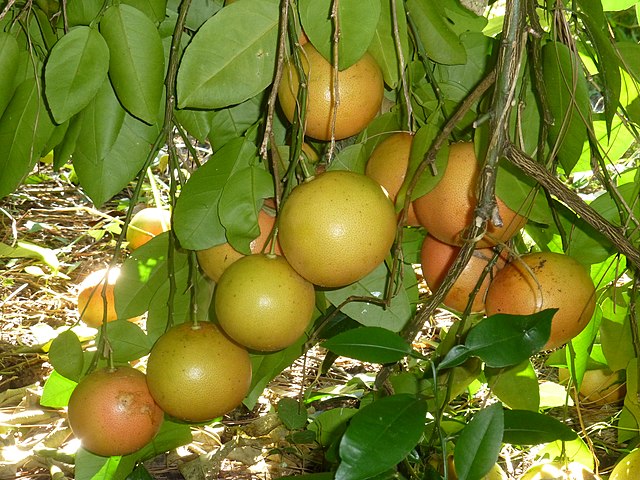Republican Congressmen Daniel Webster and Greg Steube of Florida (Fla) have reintroduced the Citrus Protection Act to restrict commercial imports from China.
As representative of The Villages in central Fla, Webster aims to put local agriculture first and stamp out foreign dependancy.
The bill graced the 119th Congress’ 1st session in Washington D.C. on February 18, 2025 and might implement 90 days after enactment.
Steube, who oversaw the bill’s last reintroduction on April 6, 2023, labeled imports from China as pest-laden and a farmers’ threat.
The senator said that state growers are a “cornerstone” of American farming and deserve trade protection.
He added that grocers in the United States ought to stock oranges, tangerines and grapefruits from local sources only.
This is happening when orange production in Fla is on a downward trend even as China’s has been picking pace.
China’s Citrus Production Expanding
As the world’s biggest citrus grower, China expects to continue a five-year consecutive production increase in the 2024-25 season.
The U.S. Department of Agriculture (USDA) forecasts production at 7.62 million tonnes, mirroring the 7.63 million tonnes of the 2023-24 season.
This will clinch a perfect production run that doubled from 31.96 million tonnes in 2013 to 64.34 million tonnes in 2023.
Worryingly for the U.S.’ citrus sector, USDA foresees the 2024-25 export margins by China improving annually by 5,000 tonnes.
Production Woes in Fla.
With such a formidable trade foe, representatives in Florida have a reason to offer protection as local production is slumping.
According to Fox 29, Florida’s orange production will fall to 11 million boxes in 2025 while grapefruit will be 1.2 million boxes.
This marks a 90-percent harvest downfall from the 1998 high of 244 million orange boxes, from greening fungus and hurricanes.
It is therefore fitting that senators should intervene to save the agricultural “DNA” of the Sunshine State. To learn more on the state’s citrus policy highlights, scour the statistics, next.
Florida Citrus Policy Statistics
Since losing its federal citrus production leader crown in the 2022-23 season with 20 million boxes, Florida has been courting policy improvements. As of February 2025, only 1500 citrus farmers were active in a state famed as the juicing capital of the U.S. Here is a look at the most recent policies up to, and beyond, the 2022-23 decline:
1875: while the state of Florida was still young (having joined the U.S. in 1821), the citrus industry was growing. In 1875, E.B. Bean created a packing revolution with his 90-pound citrus crate, which stayed put into the 1930s.
1911-25: Citrus Maturity Laws comes for Florida growers, which made it a crime to market green fruits locally or abroad. The U.S. Department of Agriculture (USDA) would begin its initial inspection drives of groves in 1925, further leading to the industry’s accountability.
1945-1960: policy shifted from support of family growers to corporates from World War II, onward. As juice concentrate business grew by 120% in these 15 years, most orange groves expanded to average 100 acres. Some had even over 5,000 acres, meaning most growers from that date on were large-scale farmers.
2025: after the storms and greening disease led to production decline in 2023, financial policy keyed in. For one, in February 2025, Governor Ron DeSantis tabled a $20-million citrus research budget proposal. If approved, it could join the 2025-26 fiscal budget for citrus of $47 million, starting June 30.
